Biophilic Creative™: 7 Effective Ways to Introduce Nature into your Home
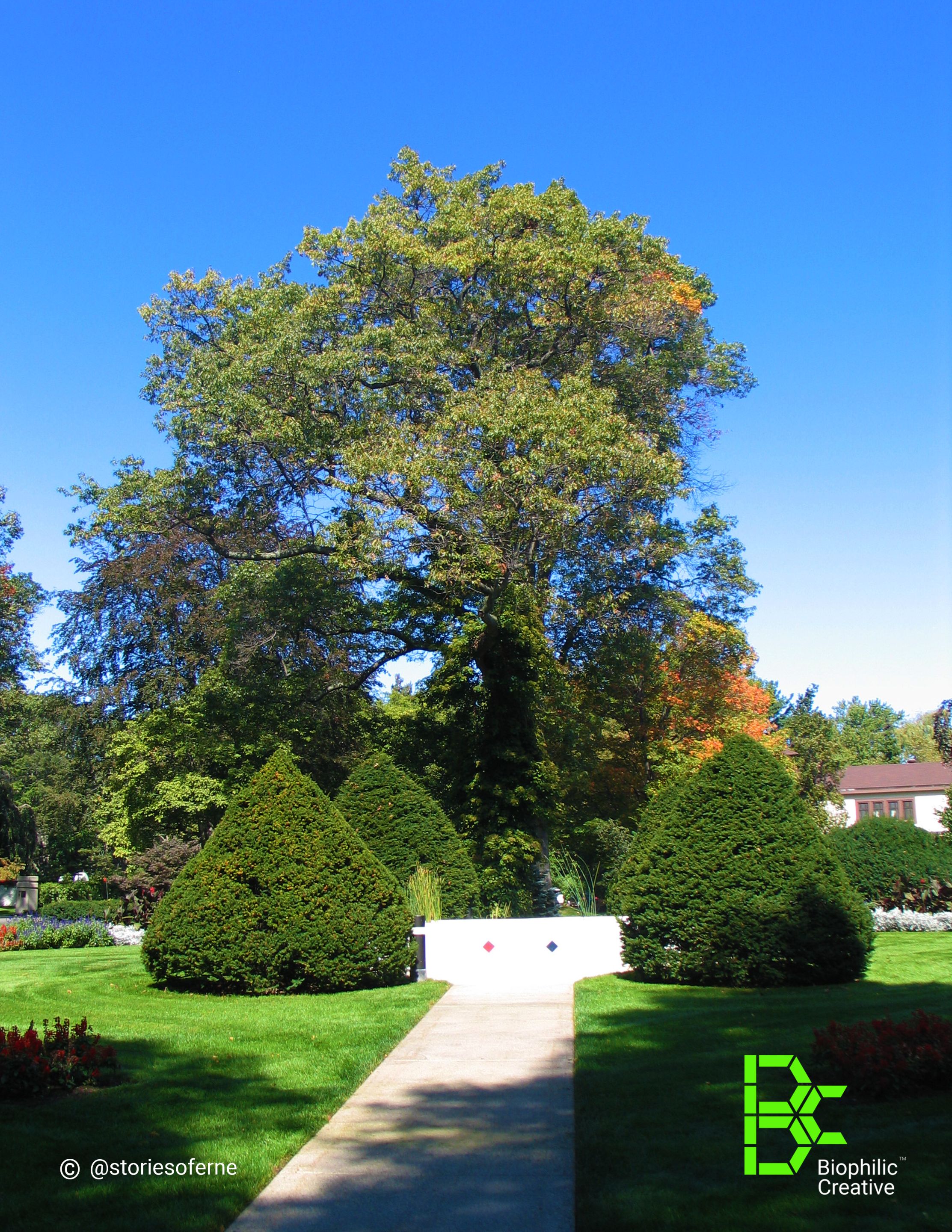
Close Proximity of Architecture with Nature
Humanity's innate connection with Mother Nature is inevitable. Invite her into your home to experience sustainable health, well-being, and productivity.
The world is growing at an unprecedented pace. Cities, real estate ventures, engineering infrastructures, and architectural works have been sprouting everywhere, invading more and more patches of virgin forests, fresh sections of agricultural land, free-flowing bodies of water, and other natural green environments. As a result of this exponential outburst, people have become trapped in concrete jungles, within hazardous edifices of glass and steel, isolating themselves from the healing benefits of nature. Truth be told, rapid urbanization has become one of the main culprits of continuous pollution, triggering unsustainable lifestyles, plus injecting adverse effects on the health conditions of its populace.
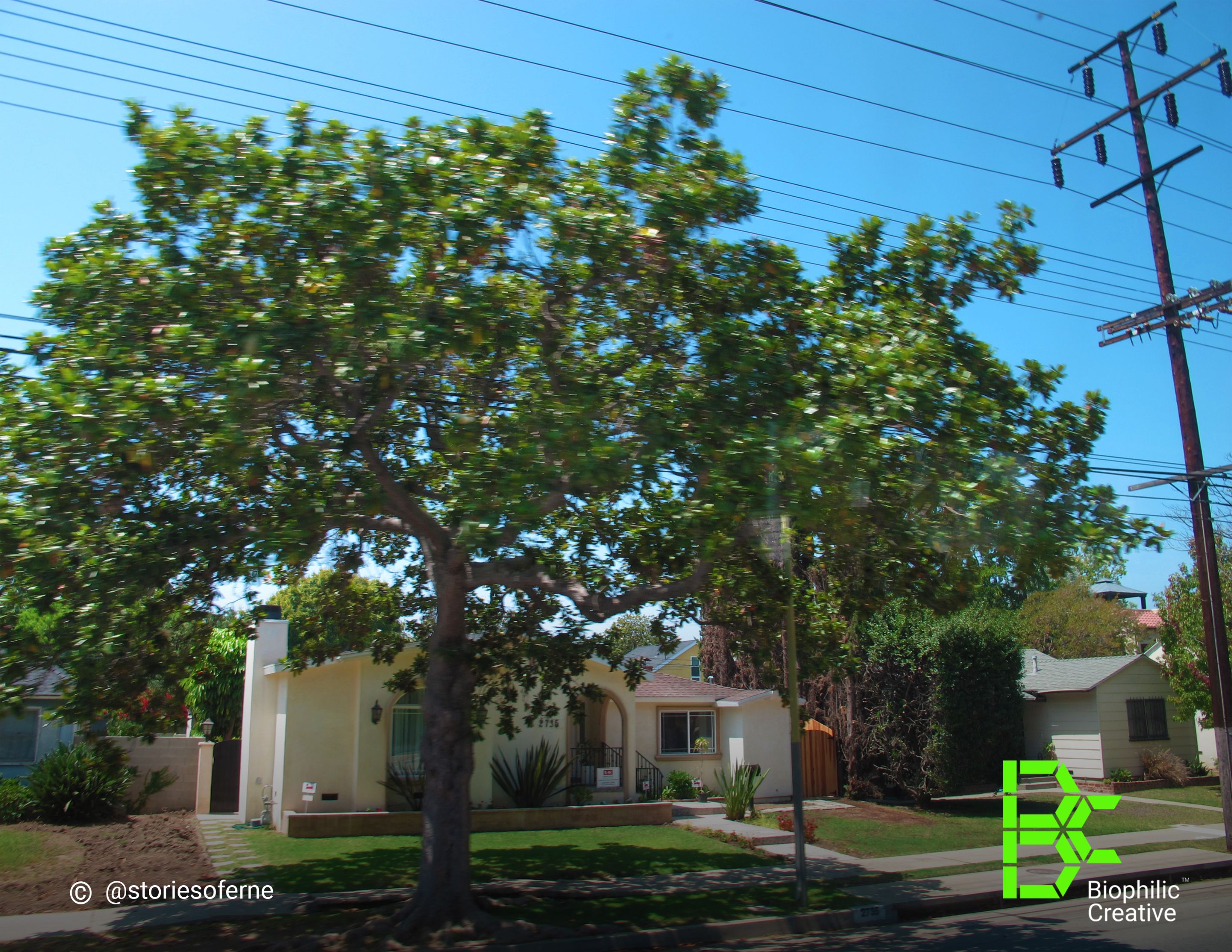
Limited Areas of Natural Environments
If so, does access to natural surroundings need to be a rare privilege? In some communities, this harsh reality exists. Here are some alarming facts. Urban spaces around the planet, on average, have fewer green zones incorporating only some natural areas for public use, thus creating unequal opportunities for accessibility to everyone. Evidently, there are only a handful of city parks, for instance, in poorer neighborhoods compared to their wealthier counterparts. This obvious imbalance extends to the coverage of trees serving as natural canopies to counteract harmful ultraviolet rays of the sun.
If this frustrating disparity continues, there would be expected deteriorations in the natural processes at work including the rapid decline of mankind's quality of life.
We are facing a terrible dilemma. Being in close proximity to the natural world has never been constantly prevalent due to our extremely busy lifestyles with the unavailability of green spaces or its limited development. While some individuals are fortunate to be residing in nature-rich environments like rural localities, mountain regions, or beachside districts, a major percentage of the human race is still trapped in urban enclosures.
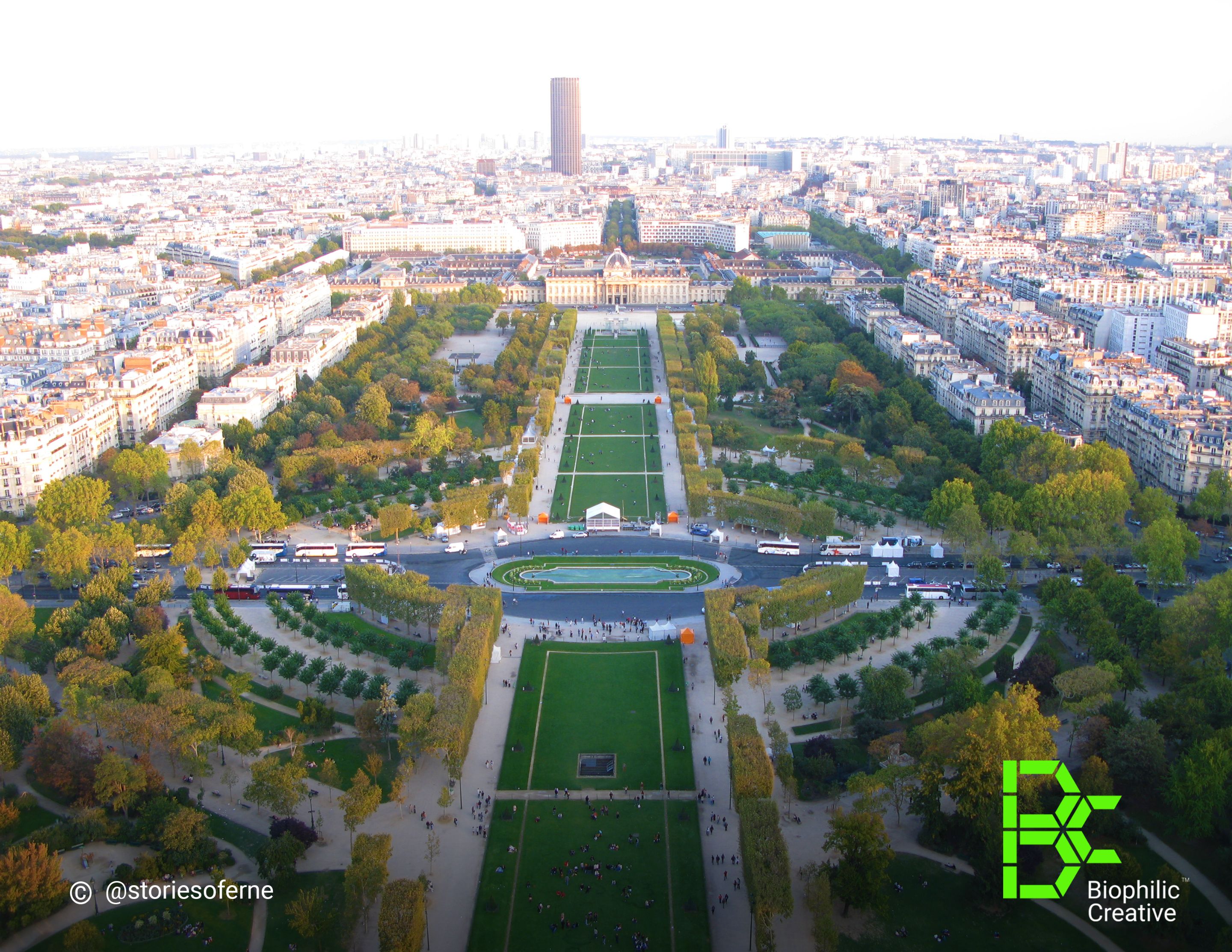
Not all Cities have equal amounts of Public Parks
The fundamental recommendations in this special publication are clearly identified for you, the city dweller, to lessen the enormous gap between your homes, residences, and buildings with the valuable benefits you'll obtain from the intimate interactions with nature. Here are 7 easy, practical, and budget-friendly methods that teach you just that:
1. Construct an Interior Garden
Allocating a small plot of land preferably situated within the ground level of your house that's dedicated as a garden space does wonders to the quality of life indoors. These green areas could be designed in various shapes and sizes, including incredible profiles that mimic lush elements of nature such as foliage, flora, trees, shrubs, plants, rocks, sand, pebbles, and the presence of aquatic streams like Koi ponds and glass aquariums.

Centralized Indoor Garden with Koi Pond
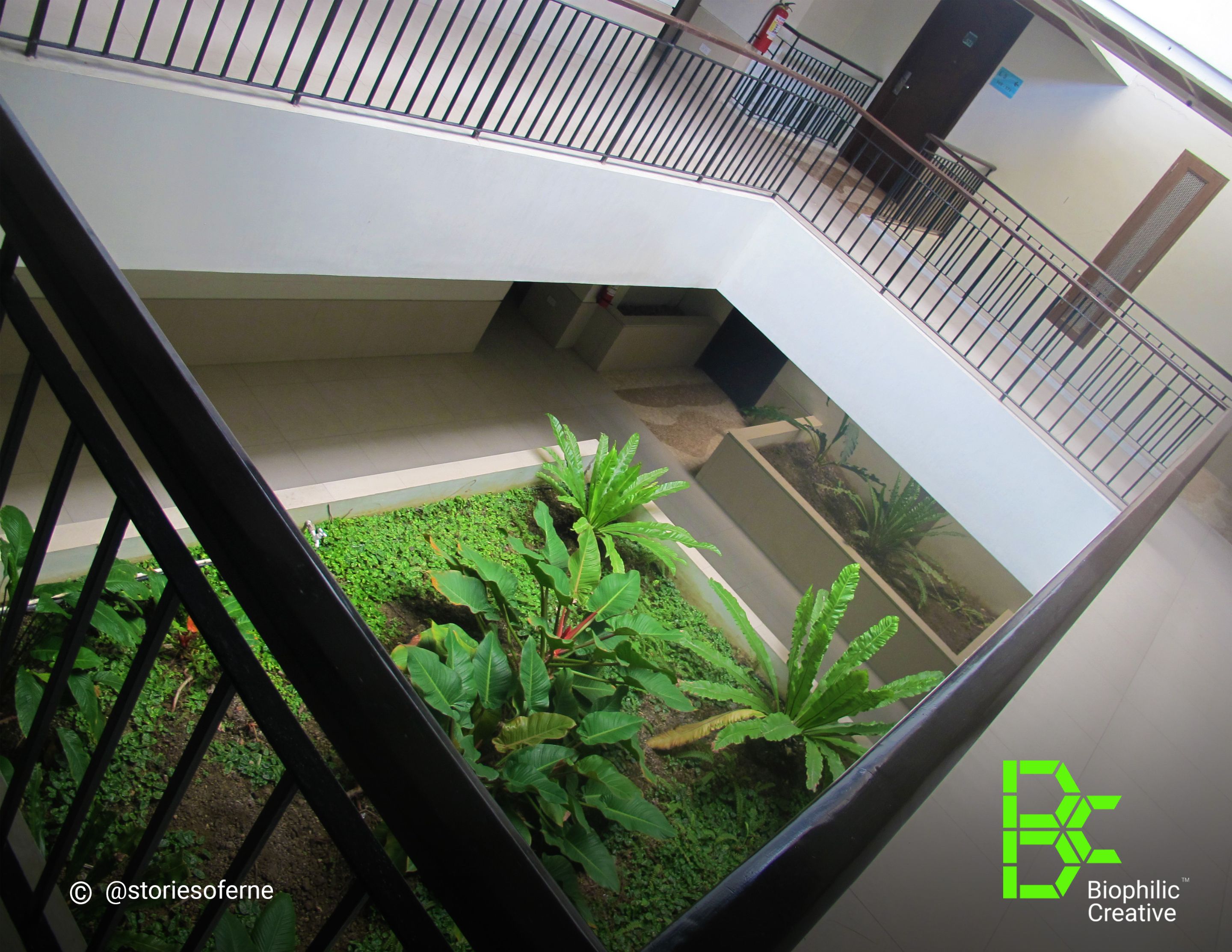
Interior Garden under Atrium with Skylight
Ideally encouraged with an open-plan setting, the interior garden could be centrally located, being viewed from all sides, could be alongside an accented wall, or could be directly below an illuminated atrium with an overhead skylight for sunlight to penetrate.
The possibilities are endless. By merging the garden as a green feature within your interiors, you're assured of huge doses of healthy therapy caused by the daily connections with nature.
2. Decorate with Potted Plants
Install house plants in all habitable areas of your house. It doesn't matter whether they're cultivated in pots, vases, jars, bowls, or special plant boxes. A recent scientific study has discovered that interacting with our green friends indoors relaxes the nervous system, thereby alleviating involuntary muscular tensions of the heart and gland systems.
Likewise, this has proven to eradicate physiological, psychological, and emotional stress in people who actively nurture plants in the long term.
According to lab experiments, these living organisms also cleanse the surrounding air, purifying and removing harmful chemical toxins from the atmosphere. How amazing is that?
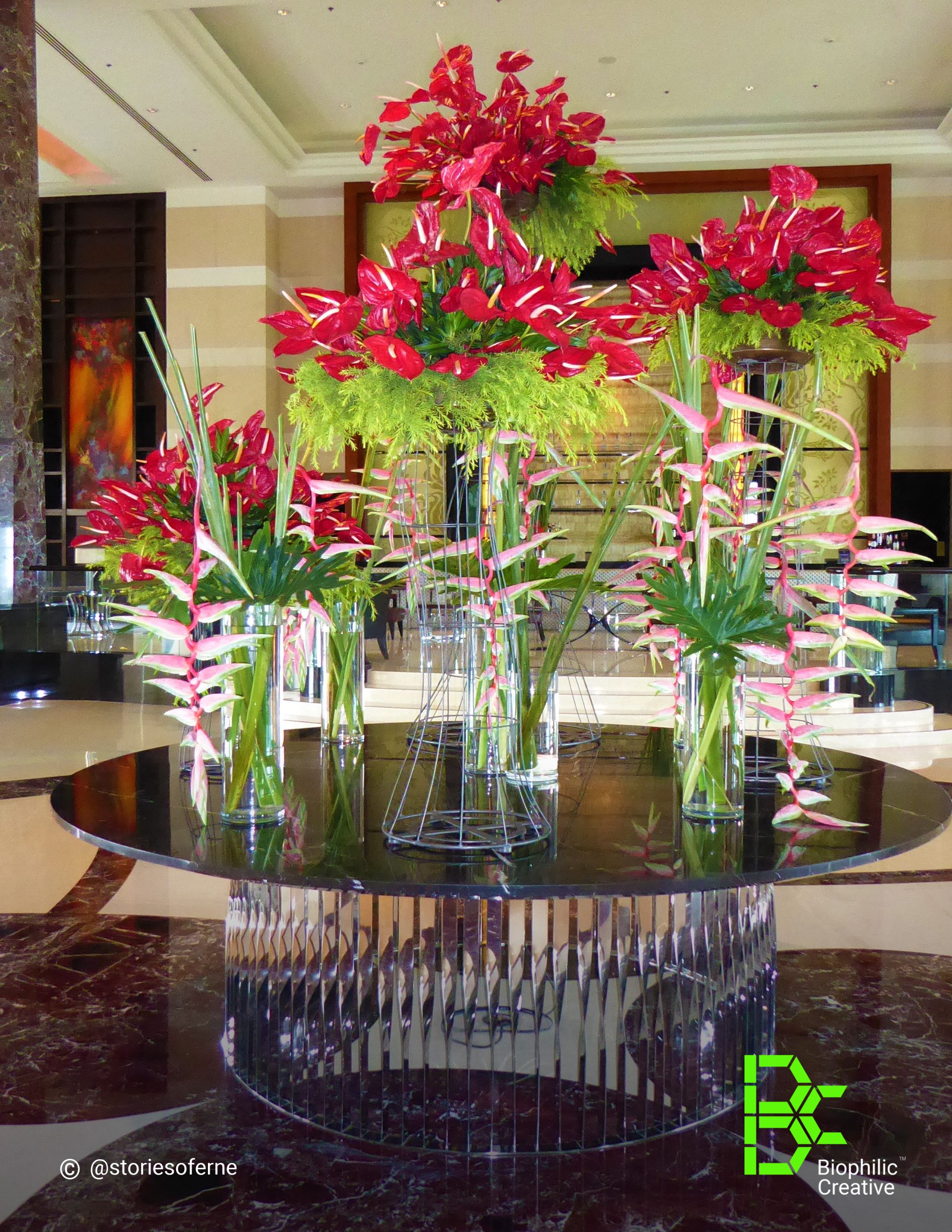
Decorative Vases with Flowers

Various Varieties of Indoor Plants
Select plant varieties that are not a hassle in cultivating. Assess the time and effort it requires you to take care of these botanical specimens. A few excellent types include succulents, snake plants, pothos, and aloe vera that provide a suitable training ground for your plant-parent relationship.
3. Incorporate Biophilia into House Furniture and Decor
Wood is one of our planet's most sustainable raw materials and is sought after for crafting furniture pieces, artifacts, and decorations for house interiors. As counterintuitive as this may seem, this doesn't mean that we allow the irresponsible cutting down of trees for the purpose of harvesting their resources. Wooden furniture has been widely preferred by most homeowners instead of projects that utilize fake alternatives such as particle boards, plastic, or other inappropriate components that are detrimental to one's health.
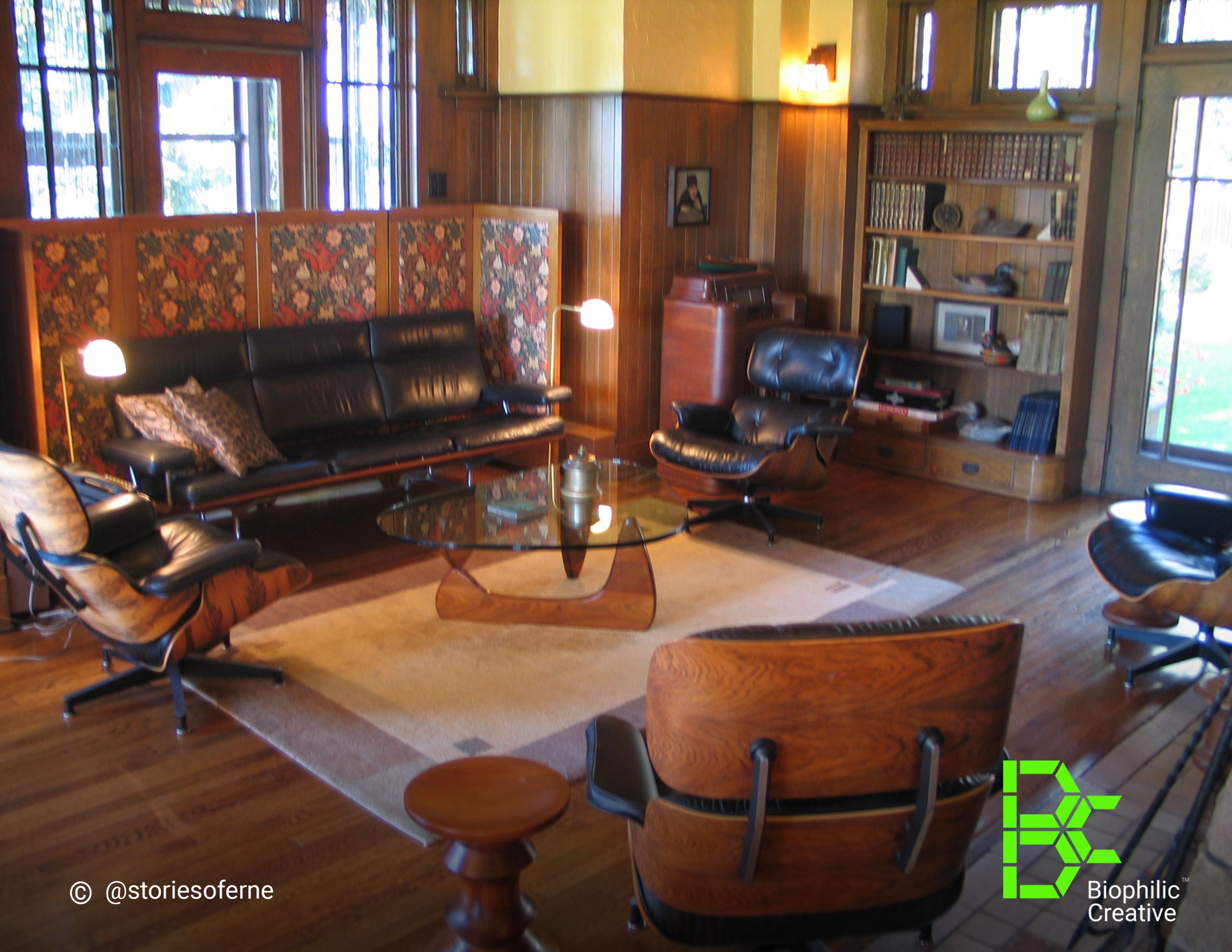
Wood as Common Interior Material

Artworks and Artifacts depicting Nature
Reusability, durability, and recyclability are the key. Aside from wood, there are other raw materials that meet these mentioned requirements for conserving our environment for several generations.
These natural elements prolong the lifecycle of products, decrease CO2 emissions, and help prevent catastrophic disasters caused by the global climatic transformations that we all fear.
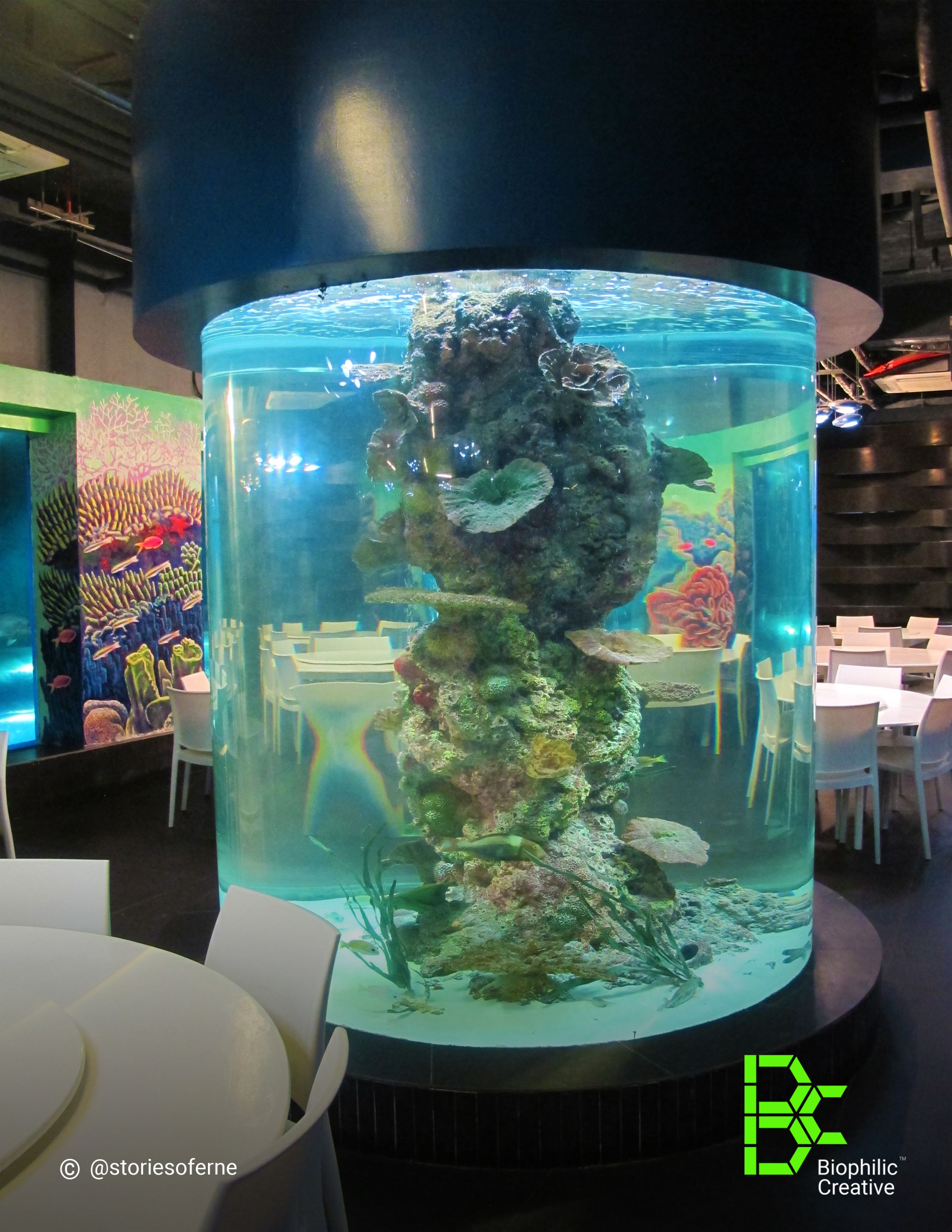
Decorative Aquarium with Live Fish
Using sustainable components in the various aspects of your home grants you solid returns on your financial investment, incredible savings on time and effort, and peace of mind in the long run.
4. Bring in the Natural Ambiance from the Outdoors
Avoid shutting off your home to the healthy elements of nature from the exteriors. Some obvious ways to allow the outdoors to flow into your interior spaces include opening window blinds, curtains, for fresh air, and the sun's natural light to circulate within as well as providing views of the natural world outside. While working indoors, you can also station your desk near a window where you get to be nourished by nature during the entire day.
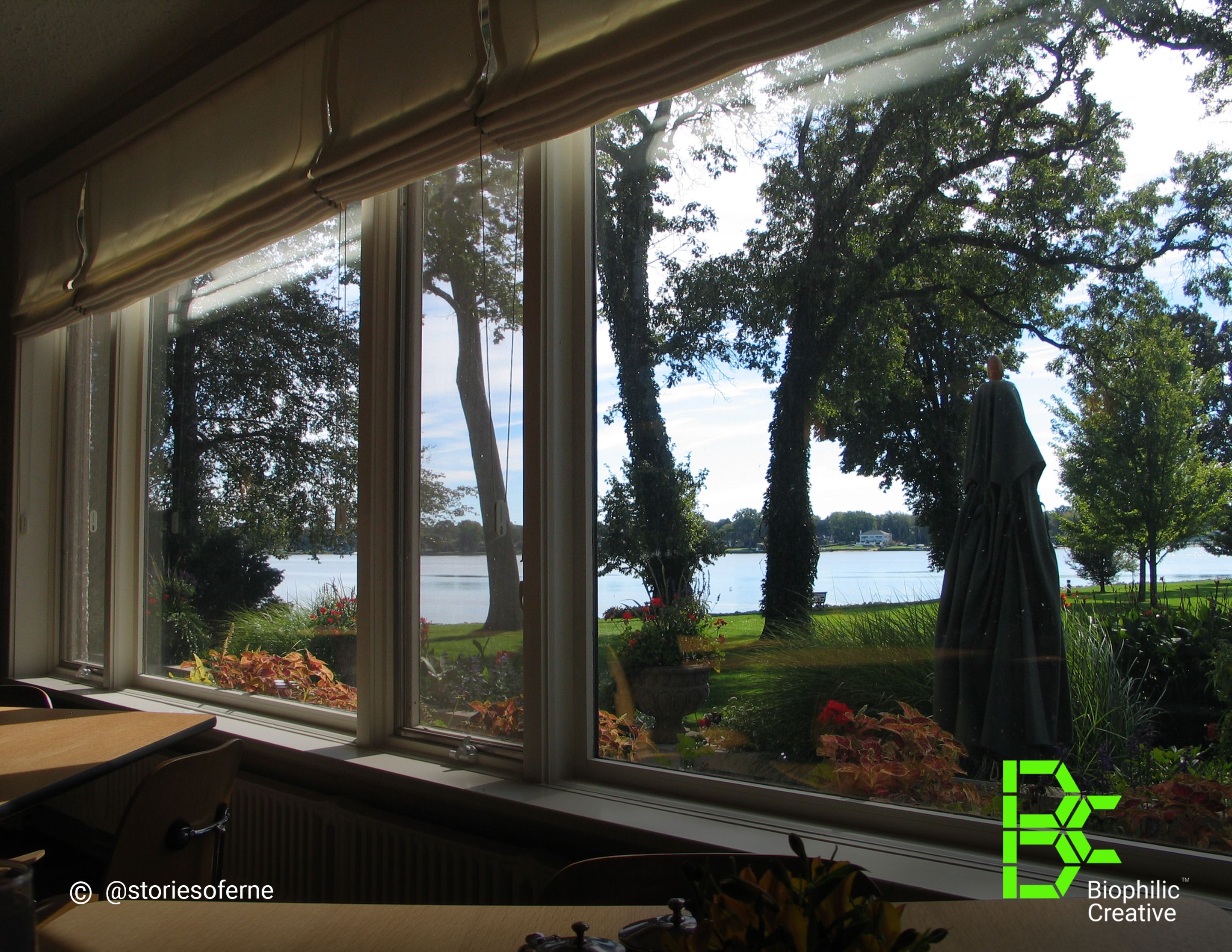
Nature Views from the Outdoors
With today's sedentary lifestyle, access to the outdoors is simply vital for one's continuous well-being.
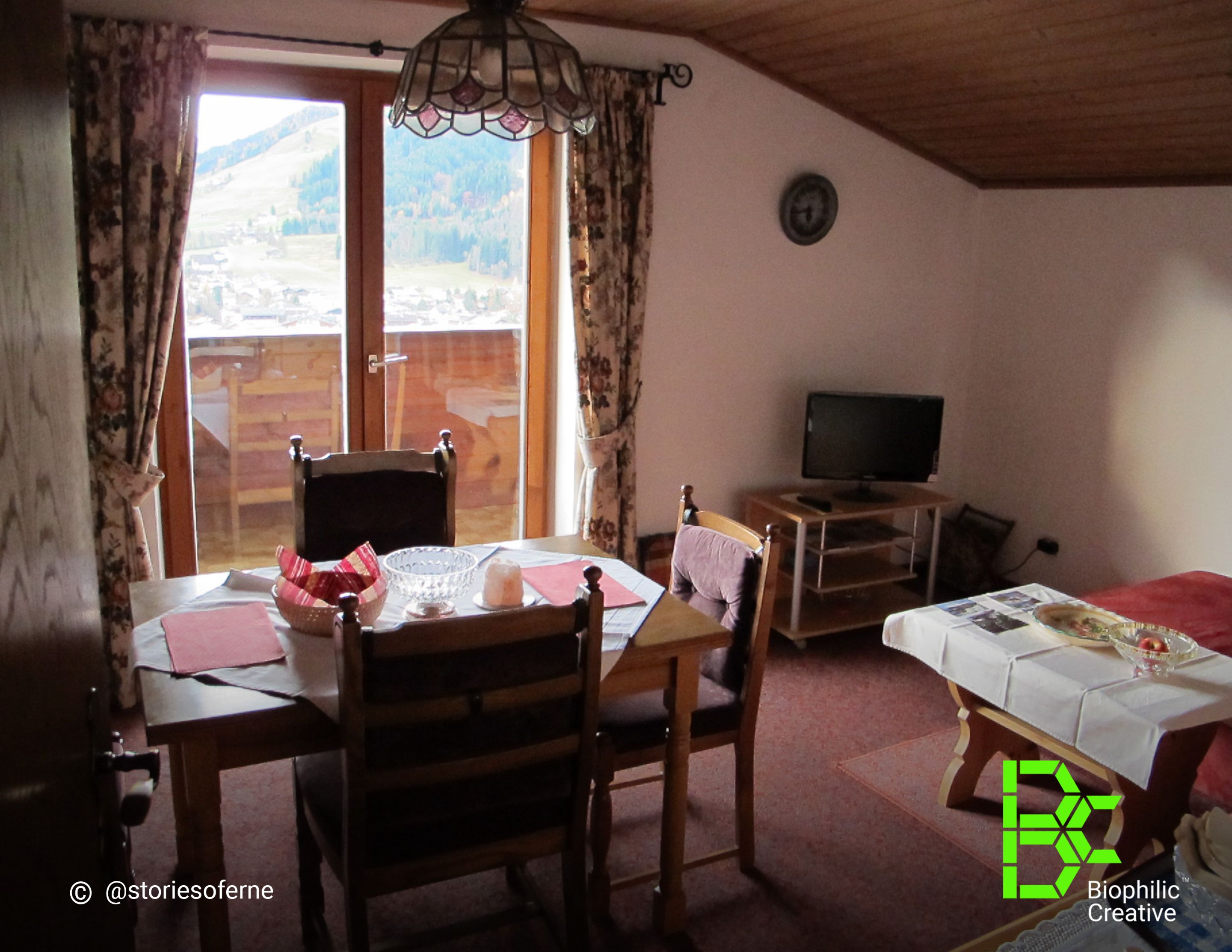
Natural Daylight brought into the Interiors
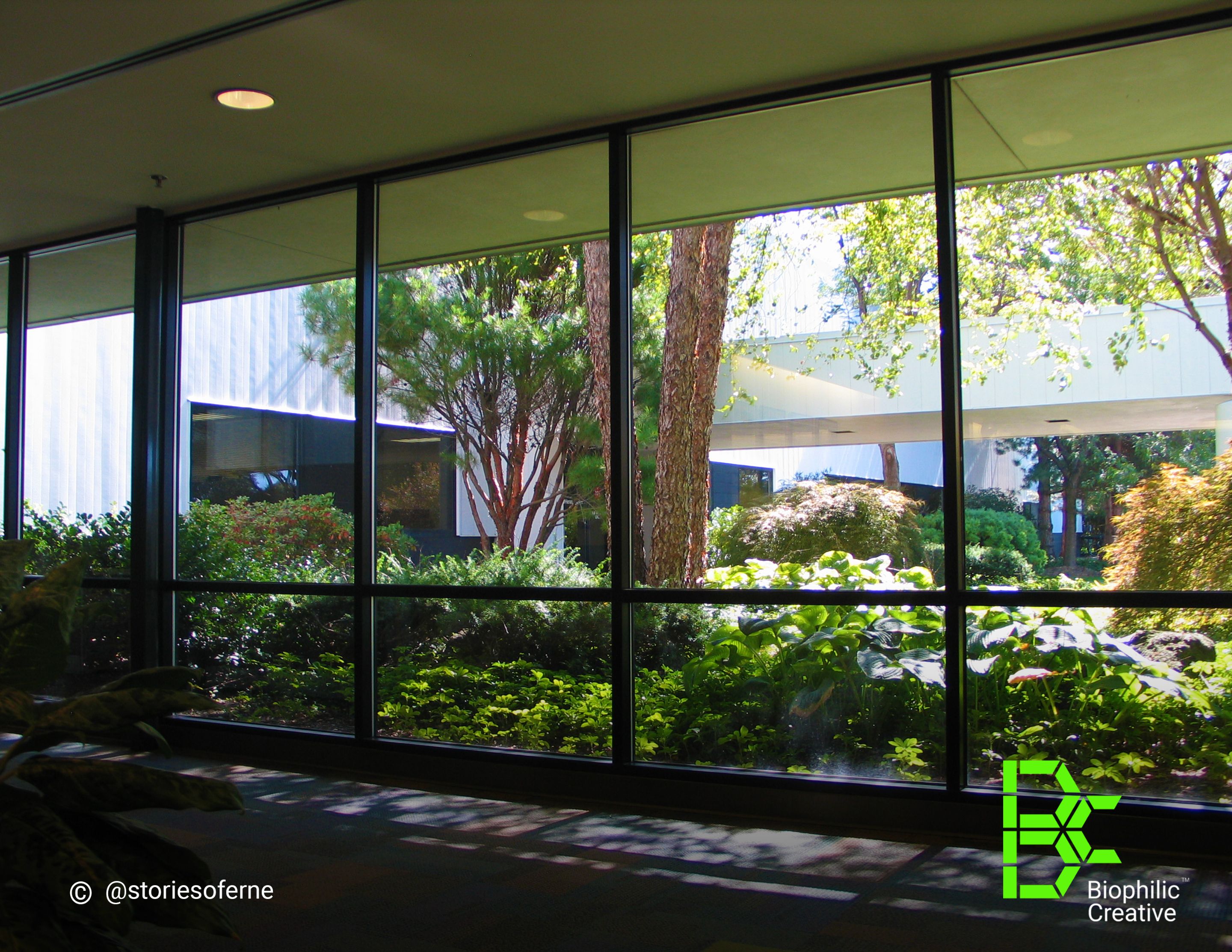
Circulation of Natural Air within the Indoors
Allowing the proper ventilation of air within the residential environment has become more crucial during the health crisis nowadays. This beneficial practice during this pandemic permits people suffering from respiratory problems to breathe easily, preventing the spread of the deadly Covid virus. Historically, victims of previous global epidemics were actually encouraged to linger outdoors for their speedy recovery. Unless you live in an underground bunker, isolating yourself from the outdoors and preventing nature's plethora of healing advantages from reaching you would only do more harm than good.
5. Adorn with Nature-inspired Artworks and Sceneries
According to current statistics, we spend most of our earthly existence indoors, whether at work, while at school, or at home. And as much as these normal activities could hardly be prevented, many factors have directly contributed to this routine, namely technological advances like televisions, smart gadgets, and the Internet. These uncontrollable events have become typical characteristics of people residing in highly urbanized dwellings around the world.

Wall Painting showcasing Natural Landscapes
You can effectively improve your mood indoors by engaging with artificially created environments that reproduce experiences from the outdoors.
Besides constructing an interior garden or engaging with indoor plants, install ornamentations, decors, paintings, artworks, sculptures, fabrics, textiles, rugs, carpets, curtains, drapery, upholstery, floor mats, and special artifacts that define the right atmosphere. Some lighting systems, fixtures, and devices replicate the sun's natural rays by illuminating interior spaces similar to the exterior's natural surroundings. Inviting natural light inside has been proven to favorably boost human behavior, enhancing their physical, mental, and emotional states.
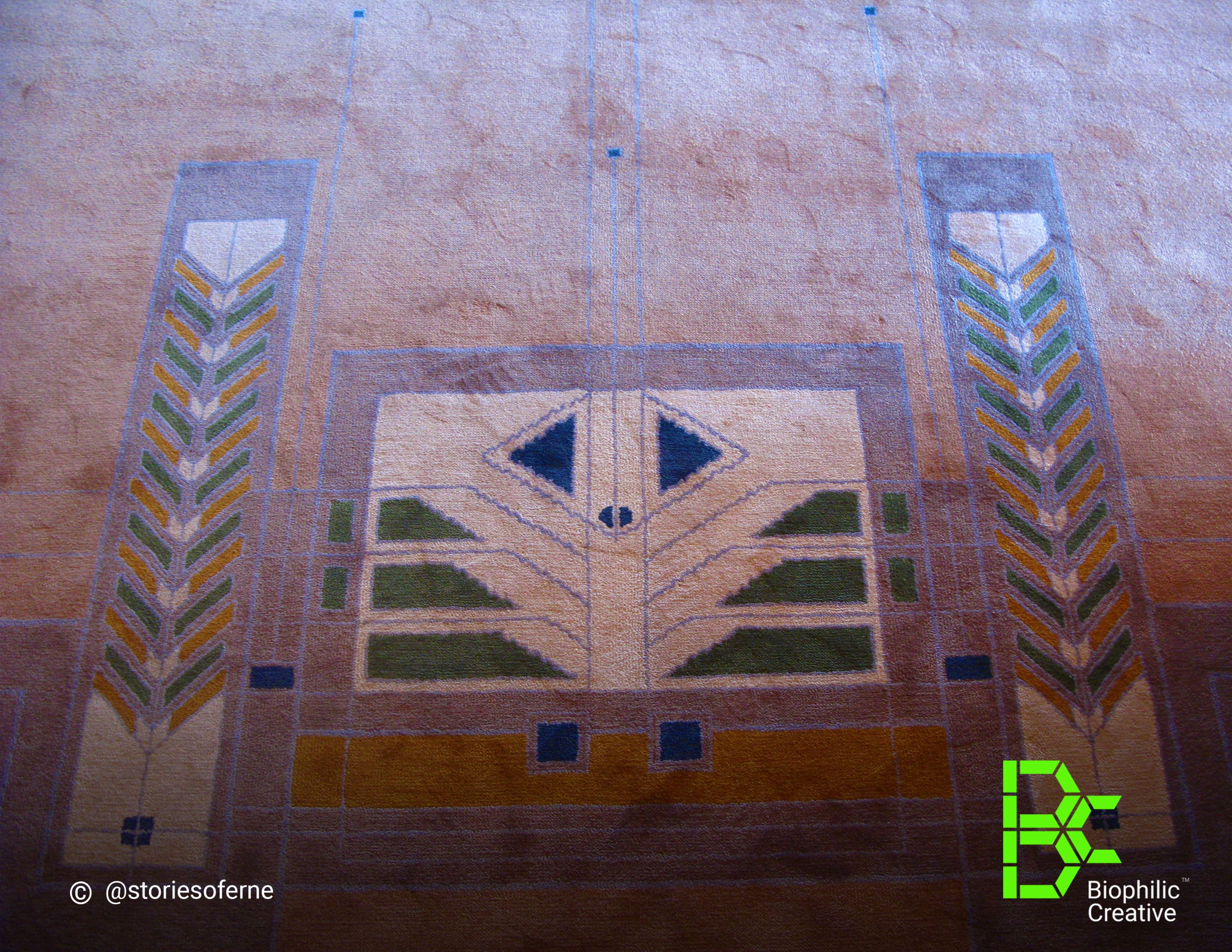
Floor Carpet highlighting Natural Patterns
By adorning your home with various images of nature, such as pictures of mountains, forests, seascapes, beaches, or man-made creations of the outdoors, your immediate exposure to these healthy assets is guaranteed for a long time.
6. Execute Architecture that Mimic Patterns of Nature
This proven method is related to the previous solution. Yet, aside from loose items that reflect the natural world, built-in architectural details, and other embedded installations are also major additions that spice up the intended ambiance of nature. Design elements that are fused with interior spaces such as doors, windows, walls, ceilings, cabinetry, counters, dividing screens, as well as fixed furniture pieces are excellent candidates for the depiction of natural themes.
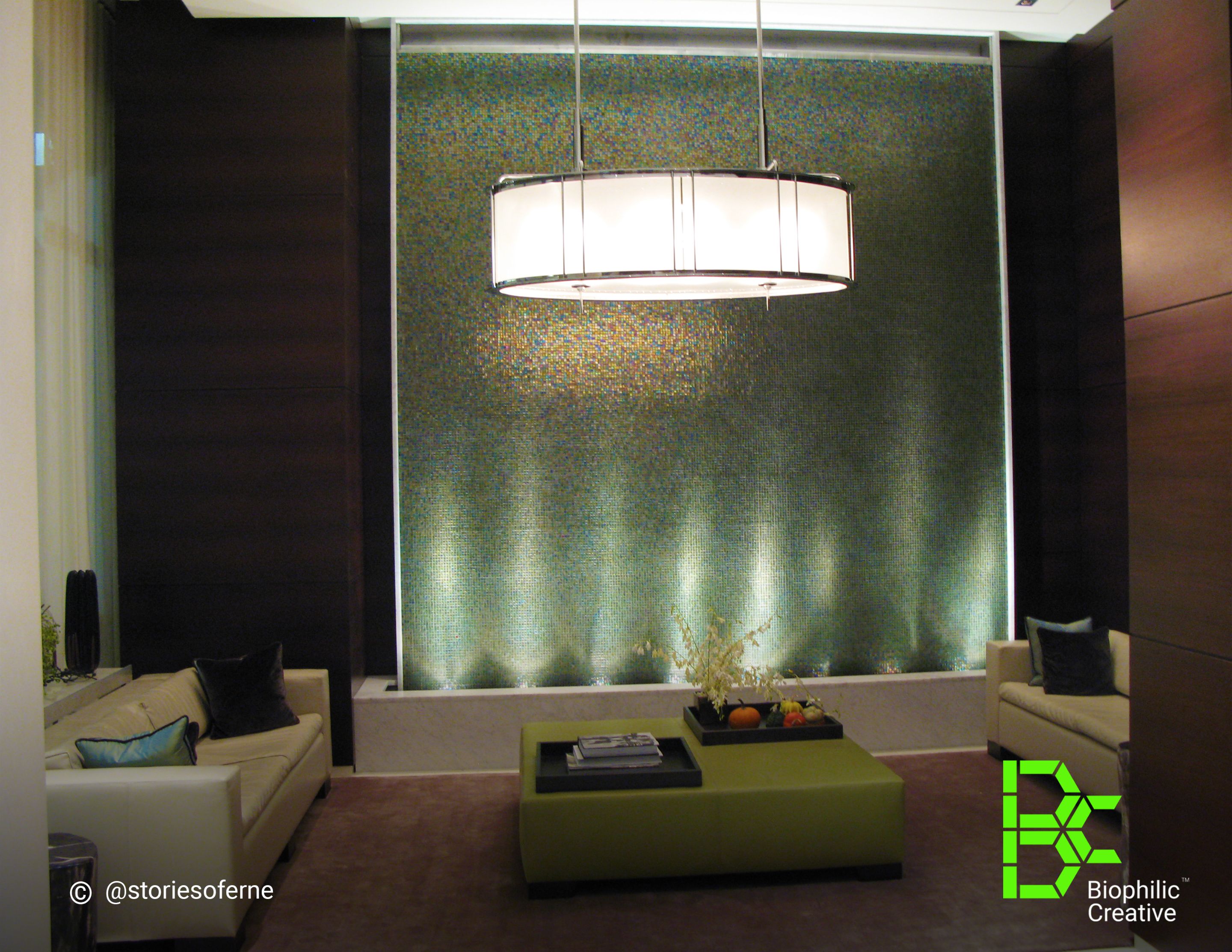
Interior Water Feature fused with Lounge Space
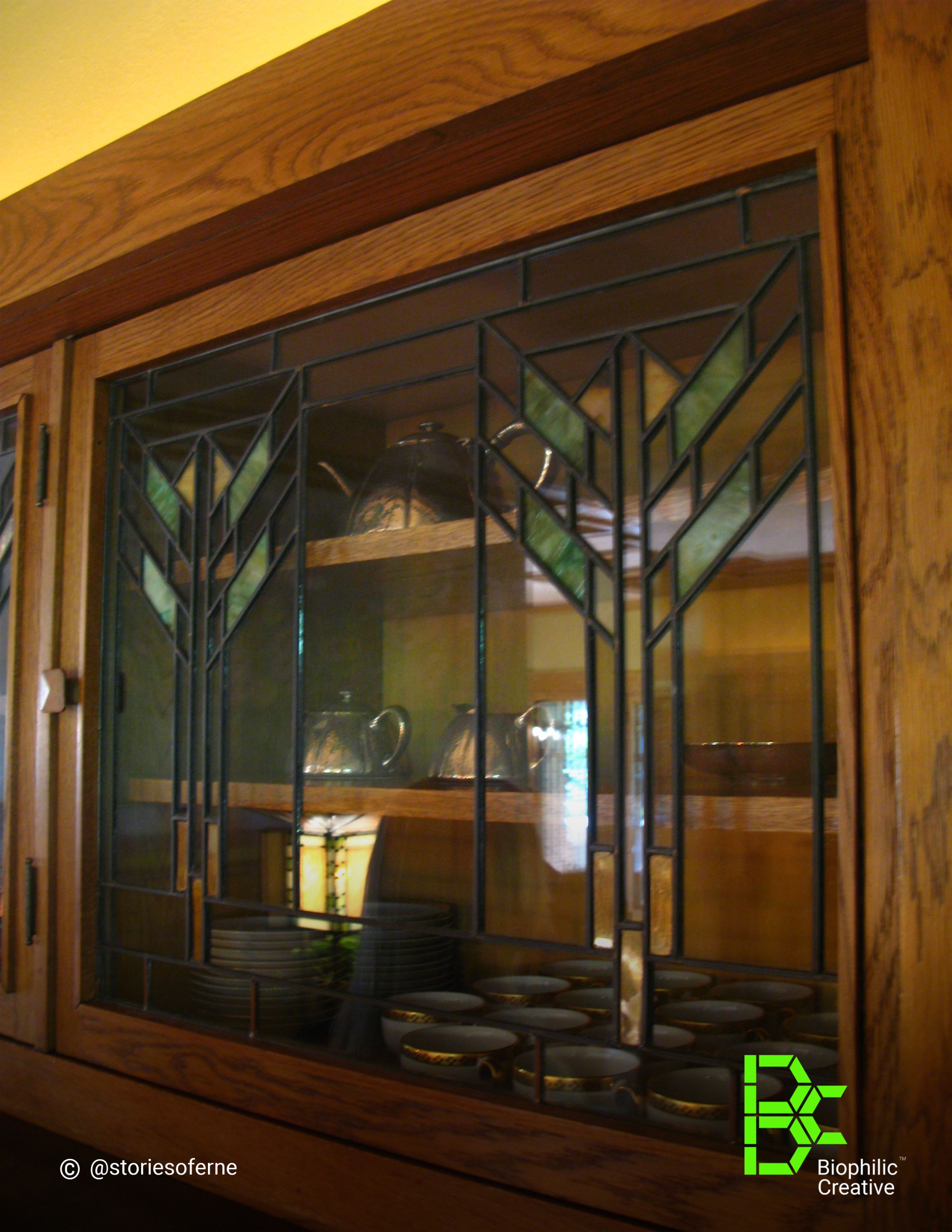
Nature Designs incorporated in Cupboards
Architectural qualities such as color, texture, and patterns that adopt the soothing designs of nature are integral components that transport your home closer to the experiences of Mother Nature.

Nature-inspired Lamps with Potted Plants
Interesting as well as fast-emerging disciplines like Biomimicry, Biomimetic Design, and Biophilic Architecture are specifically geared towards the conceptualization, development, and construction of these nature-themed products and their corresponding environments. Approach your trusted Architect or Interior Designer to discuss these favorable options for your residential projects.
7. Create Sensual Pleasures of the Natural World
Because people spend the majority of their time at home, its prevailing atmosphere must produce feelings of paradise such as being emotionally connected to a treasured sanctuary, not a gloomy dungeon. Transform your otherwise boring enclosure into a heartwarming retreat you'll want to dwell on for the rest of your life.
Ensure that your senses of sight, sound, hearing, taste, and touch are maximized for the full enjoyment of nature indoors.

Indulge in the Sensual Experiences of Nature
The previous enumerated methods highlighting the smooth flow of natural elements from the outdoors to the indoors are certainly beneficial to the human experience. Sustainable solutions at home that continue to improve the quality of your sensual perceptions towards the natural world are reliable signs of its effective implementation.
Concluding Insights
You've just digested the solid facts. Would you agree that the advantages outweigh the disadvantages in terms of the incorporation of nature into your home?
Not only would you be heavily rewarded for indulging in nature's healthy assets but you would also evolve into a dedicated steward for the environment, immensely fruitful advocacy worth supporting in your lifetime.
In a nutshell, below is a short summary of the most essential benefits as a result of direct and indirect human exposure, connection, and interaction with their natural surroundings:
Effective reduction of stress levels and other health risks caused by the excessive production of Cortisol, a hormone responsible for escalating heartbeat cycle rates and high blood pressure
Better enhancement of physiological, psychological, emotional, and spiritual conditions that positively affect a person's mood and tendency to resort to unnecessary anger
Reliable prevention of chronic loneliness, allowing isolated and depressed individuals to bond with new people, engage with their local community, and connect with their natural environment
Direct improvement of one's general health, well-being, and productivity resulting in more confidence, self-esteem, and empathy
Tremendous boost of powerful communication skills including oral and written proficiency plus social abilities that continuously reinforce relationship-building
Without a doubt, while society strives to develop ways and means to strongly foster their connections with Mother Nature, at the end of the day, our environment also benefits enormously from being nurtured by humanity. Amidst the global threats of climate change, the degradation of planetary resources, and the destruction of geographical habitats, Earth is still our only home and in desperate need of serious care. If we don't act now, then when? It's never too late.
#Hive, are you currently living in close proximity to nature? If not, what valuable measures have you personally implemented to integrate natural elements into your home? Do you have other interesting ideas not mentioned in this article? Let's talk in the comments.
Related Content:
Biophilic Creative™: Nurture Humanity With Nature™
Biophilic Design: Is this the Cure for Unhealthy Spaces?









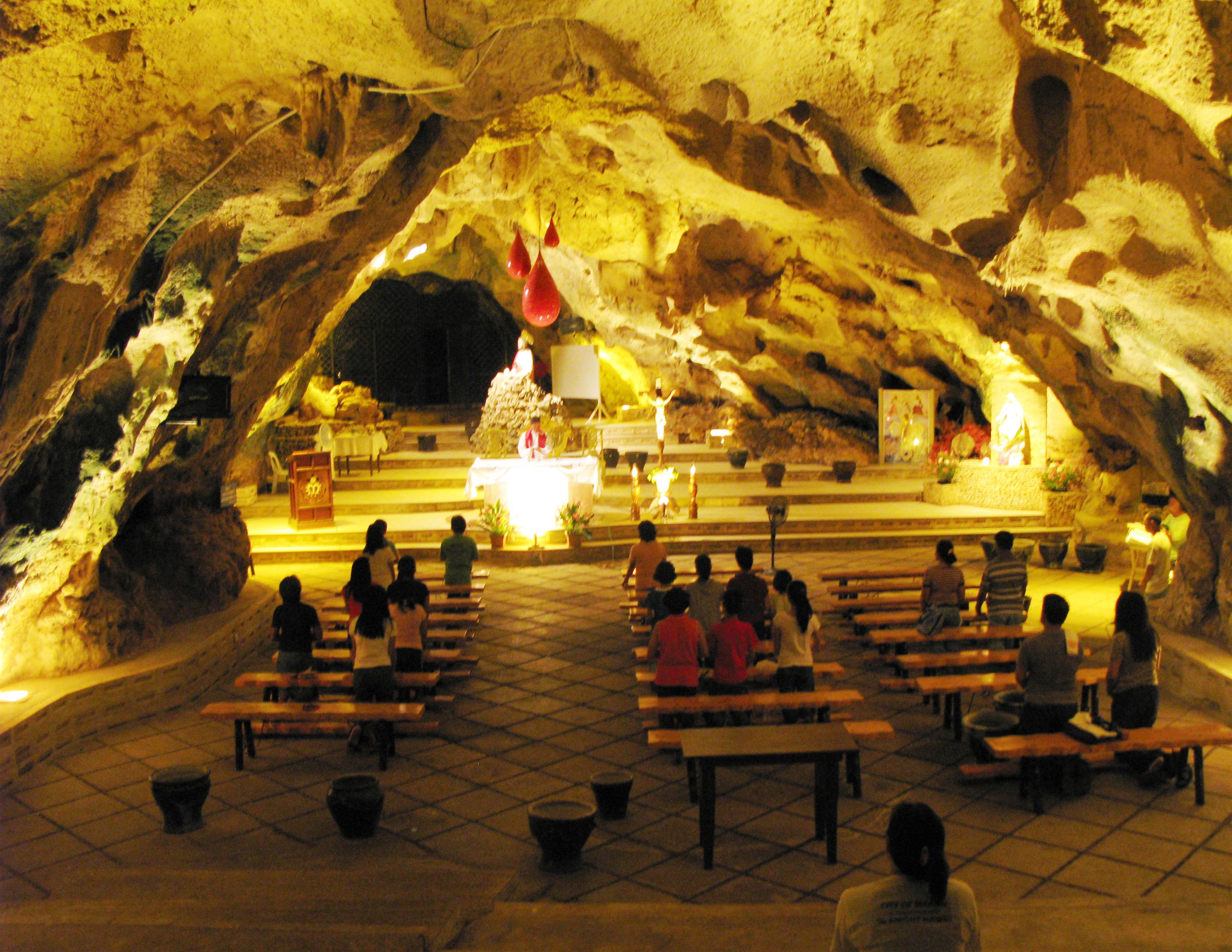

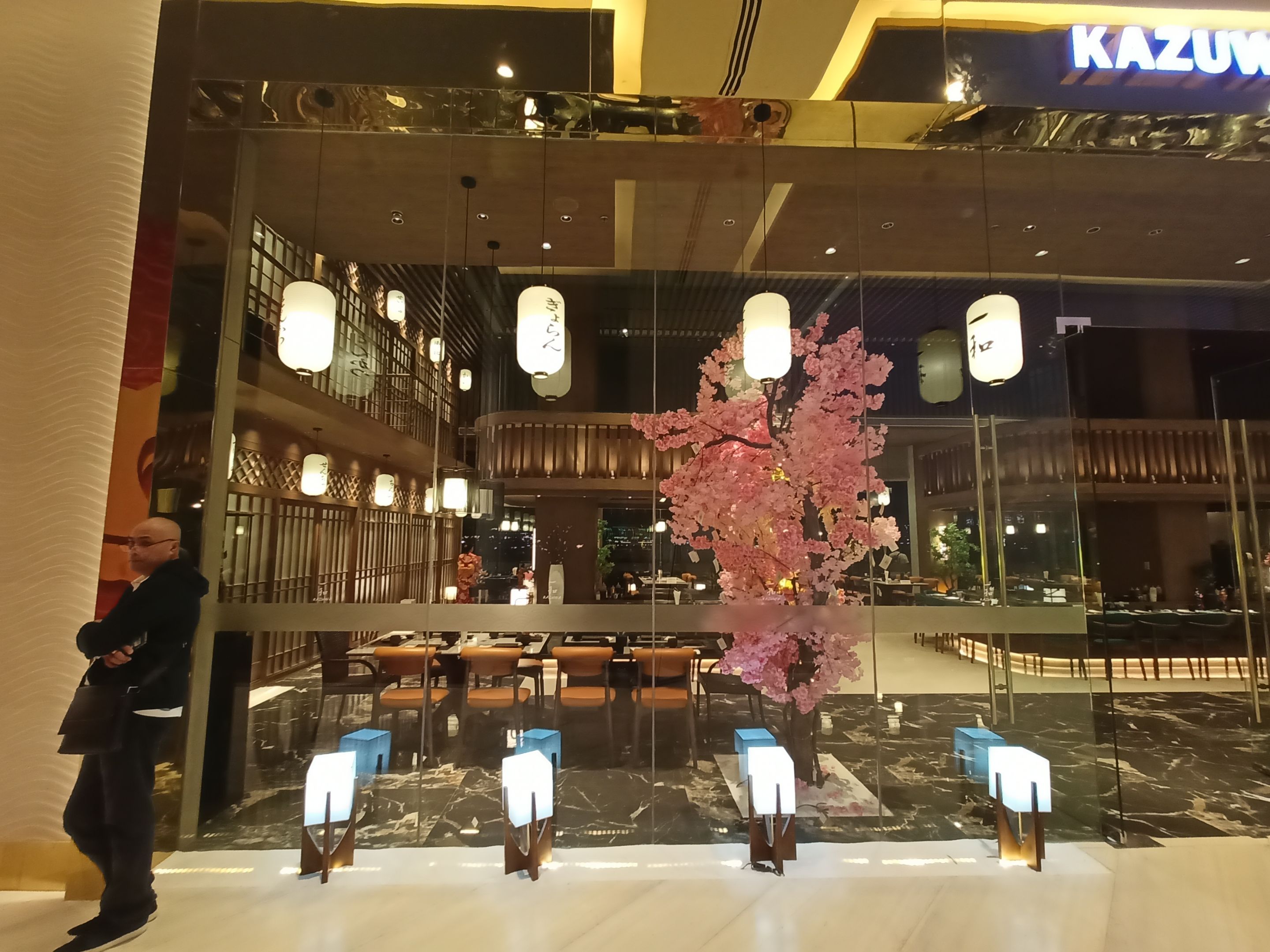
Comments